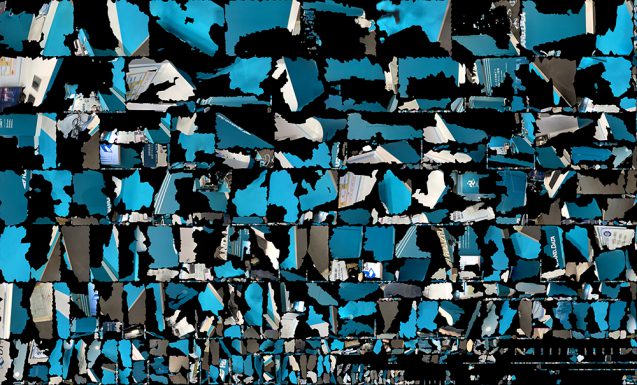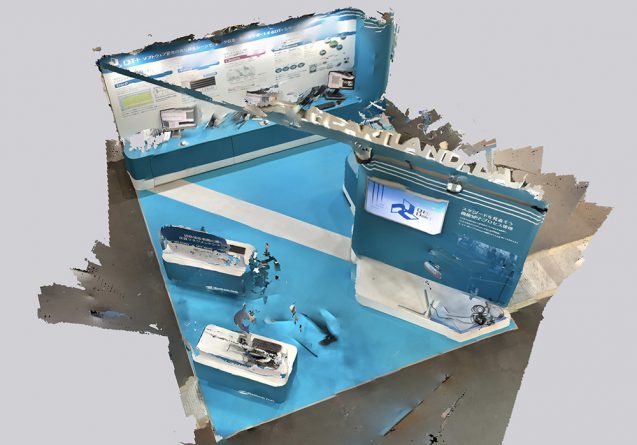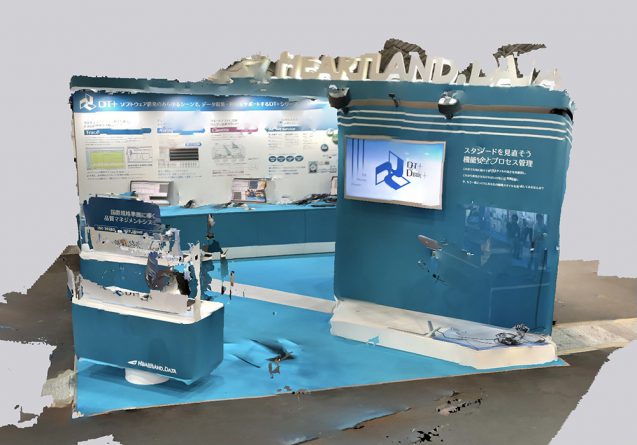さまざまな形態の海外の屋台。ユニークな屋台デザインも。
Designcafeがソーシャルアクティビティの一環で企画開発している屋台デザイン “The Stand” シリーズ。このThe Standシリーズをデザインする上で参考になったのが海外の露店や屋台の形態です。もっとも原始的な商いの形態でもある露天商や屋台なので、実にさまざまな、中にはとてもユニークなものもあります。海外の場合、屋台出店の障壁低いせいか、多様な形態があり、出店者のニーズと利用者のウォンツがうまくマッチしています。大型で車で移動させる形態の屋台もありバリエーションが豊富です。
スペイン(バルセロナ、マドリッド)の屋台デザイン
Food stall design in Spanish (Barcelona, Madrid)
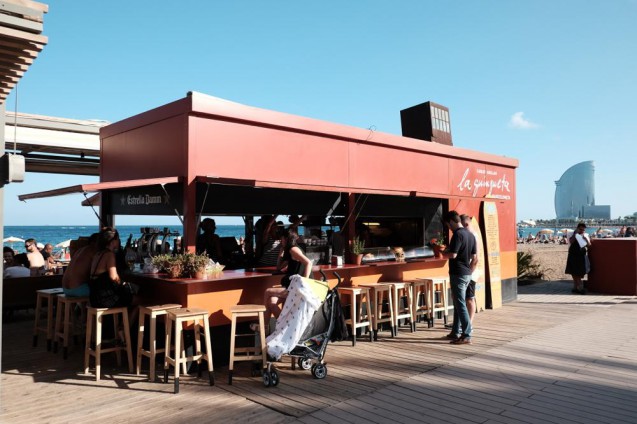
バル形態の海の家。海外の屋台デザインの事例。バルセロナにて。いわゆる海の家。トレーラーで運べる仕様になっている。
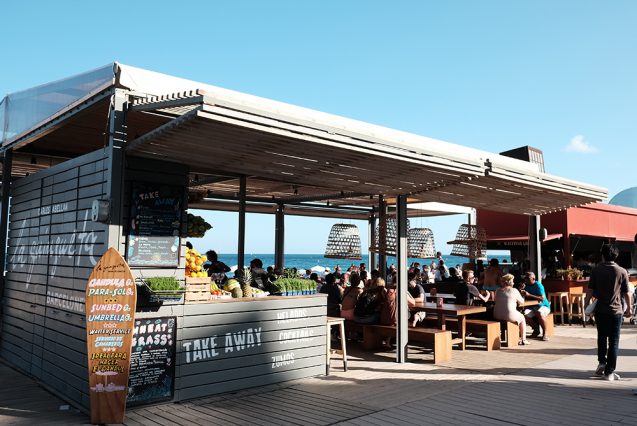
バル形態の海の家。海外の屋台デザインの事例。バルセロナにて。いわゆる海の家。こちらは簡単な鉄骨ラーメン構造にテントとアッシュのシャッターといった感じの常設バージョン。
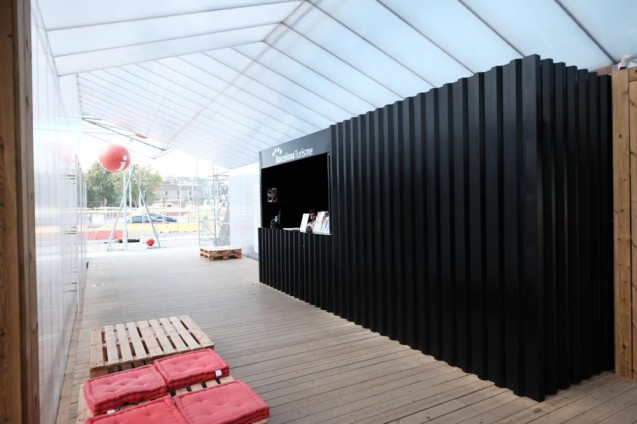
バル形態の海の家。海外の屋台デザインの事例。バルセロナにて。レンタサイクルのインフォメーションセンターは木造+スチールプレート仕上。外側は足場用の鉄管とターポリンの皮膜構造。簡単な素材でできています。
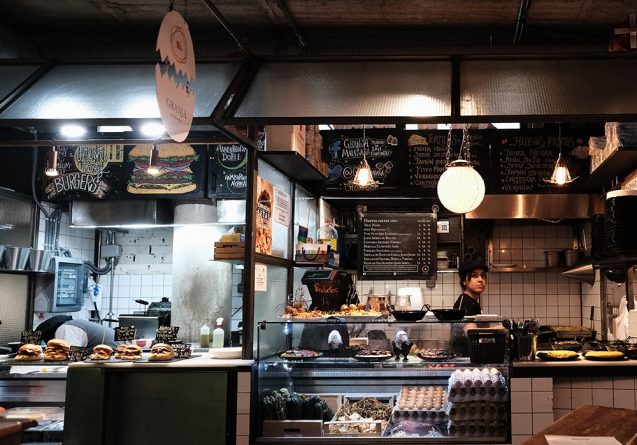
海外の屋台デザインの事例。マドリッドのバル形態の常設屋台。スペインやポルトガルでは市場野中に写真のような小間割りされた常設屋台が軒を連ね、賑わいを生み出しています。
ポルトガル(ポルト)の屋台デザイン
Food stall design in Portugal (Porto)

ポルトのシンボル、ドンルイス一世橋近くのスタンドアロンのレストラン。手前が厨房、奥側が客席。モダンで非常にユニークですが、至る所にこのタイプのレストランがあります。街並みにミスマッチしているのはご愛嬌。
フィンランド(ポルヴォー)の屋台デザイン
Food stall design in Finland (Porvoo)
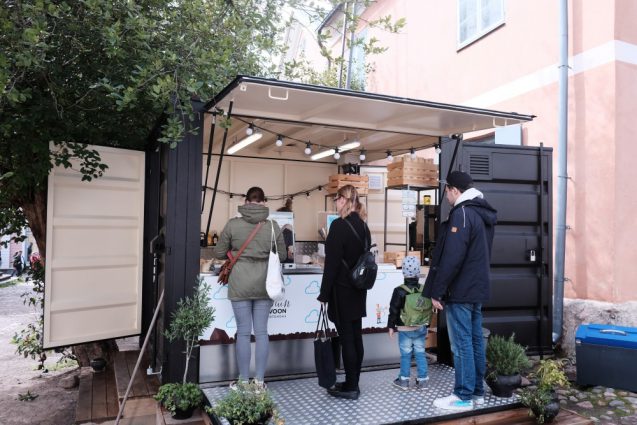
ポルヴォーで見かけたコーヒースタンド。小さなコンテナを流用した形態。コンテナは万能なので世界各地で見かけます。

ポルヴォーで見かけたコーヒースタンド。フィンランドはセルフビルドで家を建てることが珍しくなく、こちらもハウスキットを使って建てた模様。
トルコ(イスタンブール空港内)の屋台デザイン
Food stall design in Turkey ( in Istanbul Airport)
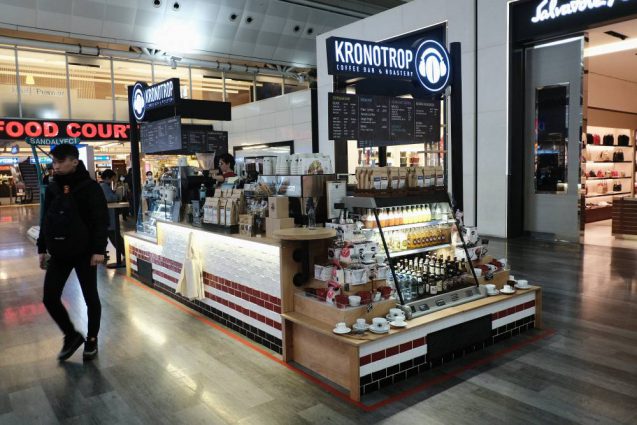
海外の屋台デザインの事例。イスタンブール空港で見かけたコーヒースタンド。
モロッコ(フェズ、シャウエン、メクネス)の屋台デザイン
Food stall design in Morocco (Fez, Chaouen, Meknes)

モロッコ・シャウエンで見かけたパン屋さんのスタンド。奥側がキッチンと住まいになっていて手前の素朴なスタンドで販売。

海外の屋台デザインの事例。モロッコ・メクネスで見かけたヤギの串焼き。なかなかワイルド。

海外の屋台デザインの事例。モロッコ・フェズの旧市街で見かけたくるみ売りの露天。もはや屋台でもなんでもないのですが、取ってきたものを計り売りする素朴なスタイル。
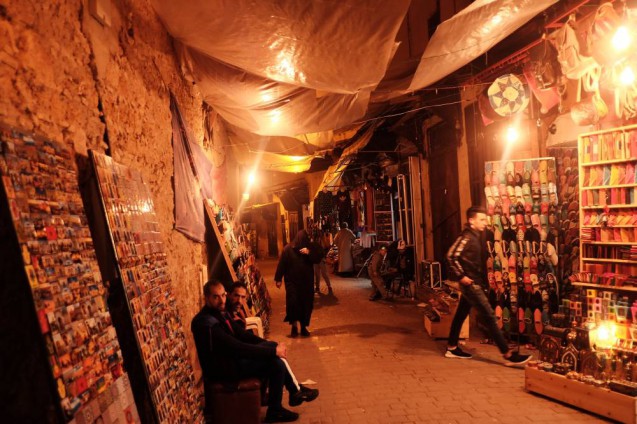
海外の屋台デザインの事例。モロッコ・フェズの旧市街で見かけた露天。バブーシュやベルベルのおばあちゃんが編んだ織物などを販売。小雨がぱらつくことが多いので上部にビニールで天幕をかけています。
香港の屋台デザイン
Food stall design in Hong Kong.
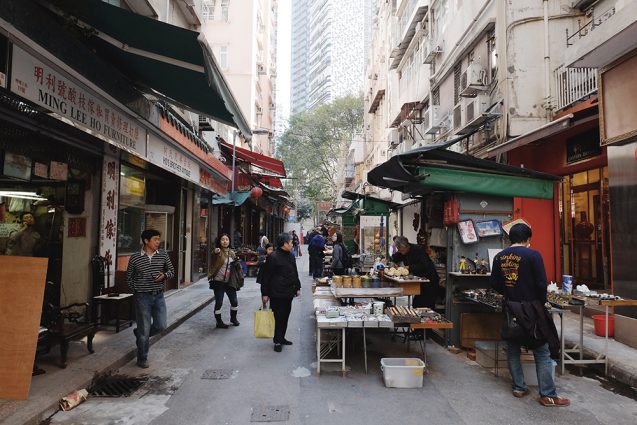
香港・旺角の路地の屋台。日本の的屋と似たような作り。
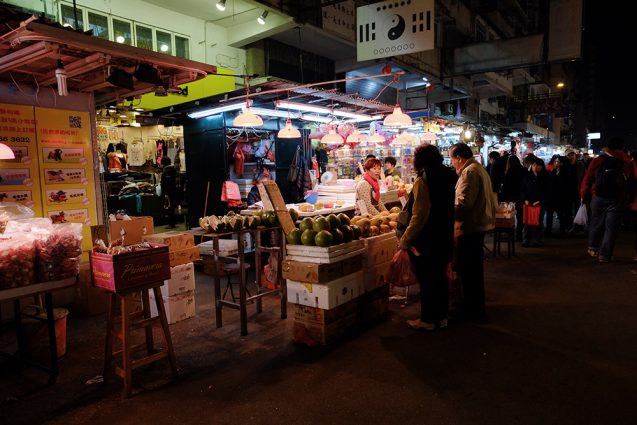
海外の屋台デザインの事例。香港・尖沙咀の路地の屋台。この一角にさまざまな形態の屋台が並び、賑わいを見せています。
The Stand / 屋台のデザイン制作 / Designcafe food stall series 空間デザイナーが企画デザイン開発した屋台はこちらをご覧ください。






